CUBI USER EXPERIENCE MODEL
The CUBI UX Model helps to quickly design creative solutions that engage users and solve real business problems.
It also improves client communication and identifies gaps in the design process.
WHAT IS CUBI?
WHY THE CUBI MODEL?
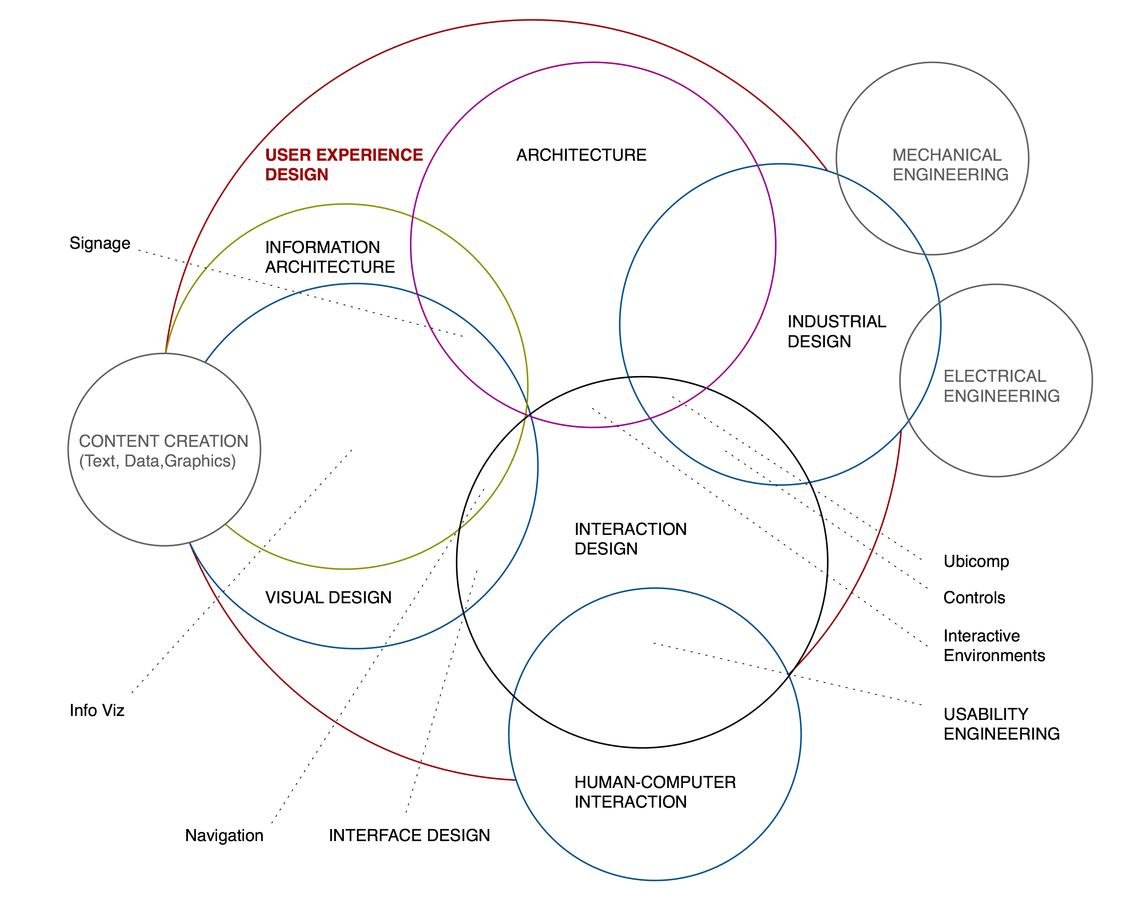
CONFUSING
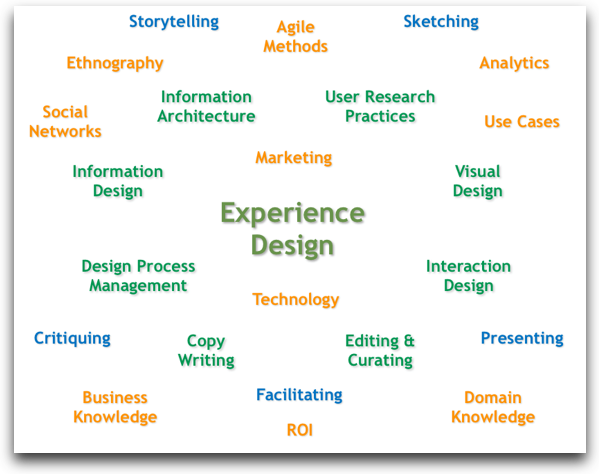
UNORGANIZED
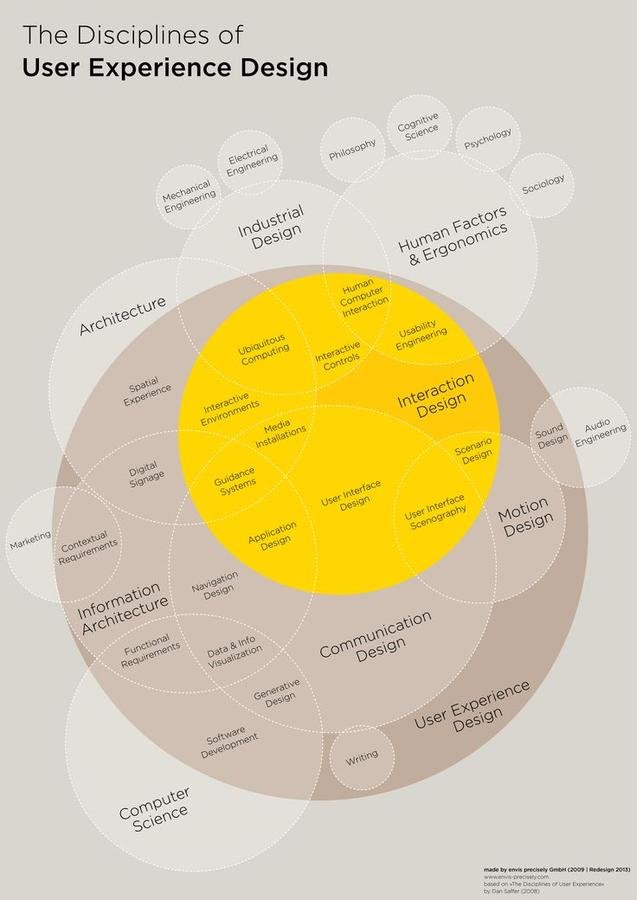
COMPLEX
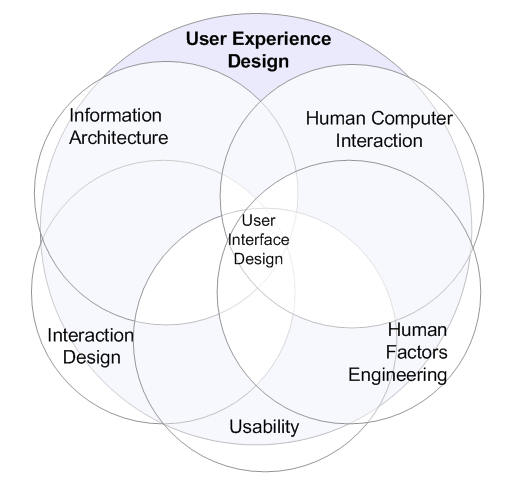
ANTIQUATED
I invented nothing new. I simply assembled the discoveries of other men behind whom were centuries of work...Progress happens when all the factors that make for it are ready and then it is inevitable.
Henry Ford
CONTENT
UX
USER GOALS
BUSINESS GOALS
INTERACTION
TRANSACTIONS
ACTIONS
COMMUNICATIONS
REACTIONS
THE BENEFITS OF CUBI
CREATIVITY
Creative experiences have the potential to greatly engage users and provide more unique brand experiences. the model provides a framework for presenting content more creatively, through use of a variety of techniques and methodologies.
THE BENEFITS OF CUBI
COMMUNICATION
When terminology and language are common between designers, developers, and clients, it provides for greater communication and helps keep the strategy on-track.
THE BENEFITS OF CUBI
SIMPLIFICATION
The terminology and practices that are a part of experience design can be vast and confusing. This model simplifies the complex design process, and delivers it in consumable bite-sized chunks, by outlining all the considerations that must be made throughout a project.
THE BENEFITS OF CUBI
COLLABORATION
When we understand the factors involved with designing experiences we then understand the different roles, teams, assets, and content required to execute on any given strategy. This understanding can help create a project plan and make it easier to delegate tasks.
THE BENEFITS OF CUBI
GAPS
The model can help identify gaps within the design process. For example, a business may have established requirements, goals, and functionality for their marketing site, but maybe they haven't developed a content strategy—or they have only marketing research, but haven't performed formal user research.
THE LAYERS OF CUBI
CONTENT
UX
USER GOALS
BUSINESS GOALS
INTERACTION
TRANSACTIONS
ACTIONS
COMMUNICATIONS
REACTIONS
CONTENT
TYPES
MODELS
TREATMENTS
METHODS
ARCHITECTURE
TYPES | MODELS | TREATMENTS | METHODS | ARCHITECTURE
Content is more than just text. Content includes a variety of media including photography, video, audio, data & documents.
Aa





TYPES | MODELS | TREATMENTS | METHODS | ARCHITECTURE
Content models combine the different content types into a more recognizable model or format.

TYPES | MODELS | TREATMENTS | METHODS | ARCHITECTURE
Content models combine the different content types into a more recognizable model or format.
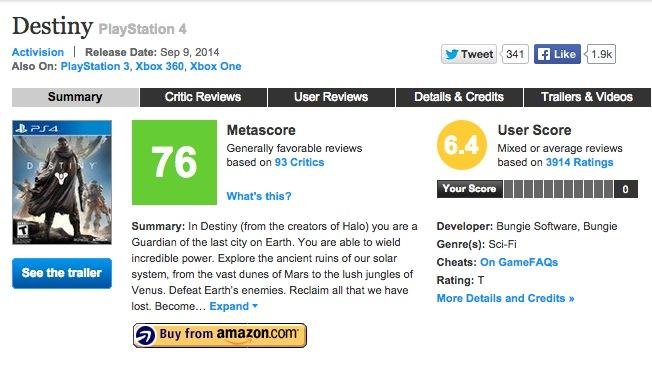
TYPES | MODELS | TREATMENTS | METHODS | ARCHITECTURE
Content can also have applied aesthetics and treatments.
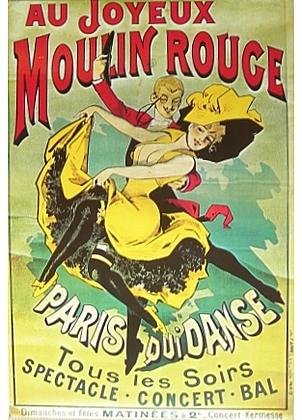

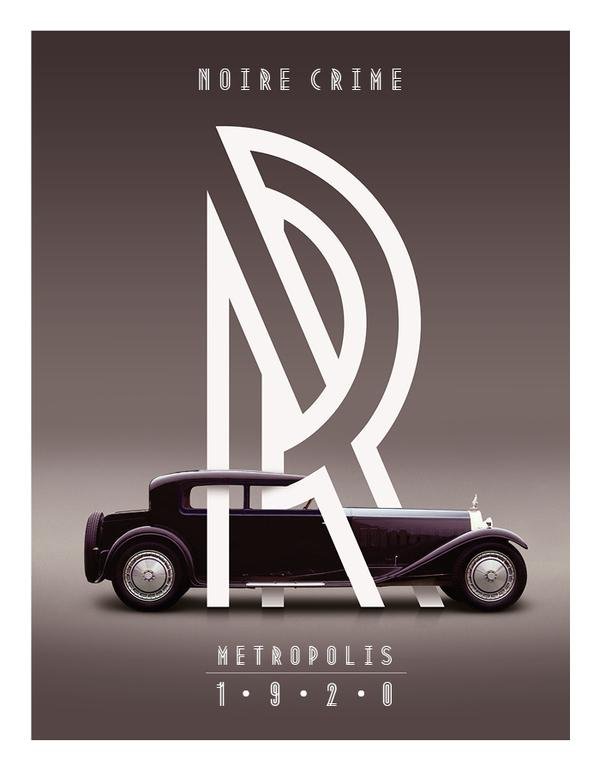
TYPES | MODELS | TREATMENTS | METHODS | ARCHITECTURE
Content can be presented in more creative ways. It can be vastly more interesting and engaging when methods like storytelling, metaphors, analogy, symbolism, scenarios, challenges, or other creative concepts are applied.
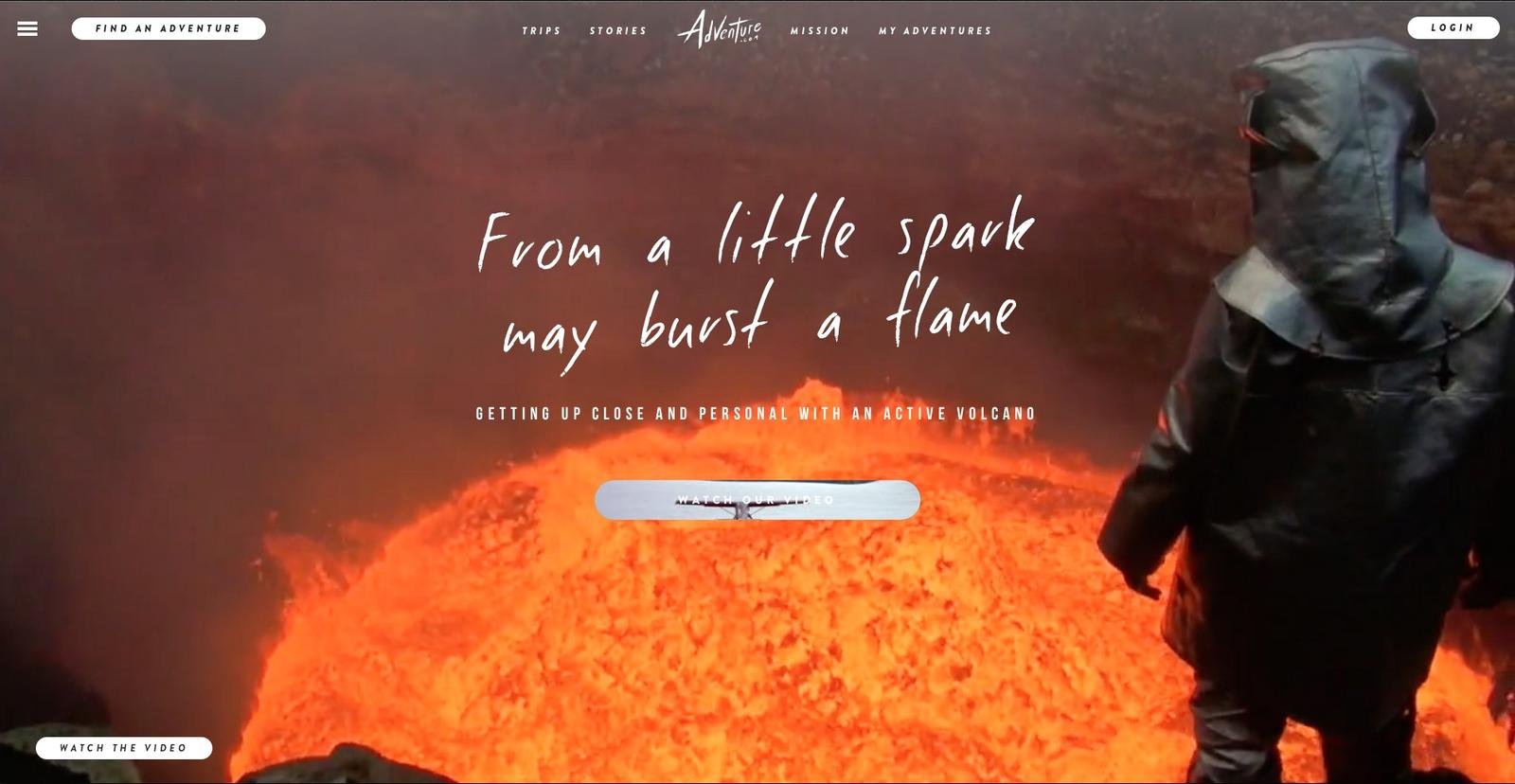
TYPES | MODELS | TREATMENTS | METHODS | ARCHITECTURE
Content architecture is the structure and organization of information in a website or software system. It touches all content categories including content types and models and how content interlinks.

CONTENT
TYPES
MODELS
TREATMENTS
METHODS
ARCHITECTURE
To summarize, Content Types are aggregated to create Content Models. The content types and models can have an applied Content Treatment. A Content Method can provide a narrative or framework for the content. All of these elements are organized through Content Architecture.
USER GOALS
USER TYPES
NEEDS
MOTIVATION
BEHAVIORS
OUTCOMES
USER TYPES | NEEDS | MOTIVATIONS | BEHAVIORS | OUTCOMES
It's important to understand the different user types that will use the end product. A common practice is to create user personas that detail their different roles, responsibilities, skill-levels, demographics, psychographics (personality, values, attitudes, interests, lifestyles) and where, when and how they will use the product.
USER TYPES | NEEDS | MOTIVATIONS | BEHAVIORS | OUTCOMES
Simple like finding documentation, while others are more complex more physiological or esteem needs. Additional examples of needs may include personal progression, accomplishment, mastery, recognition, status, belonging, expression, or a sense of purpose.
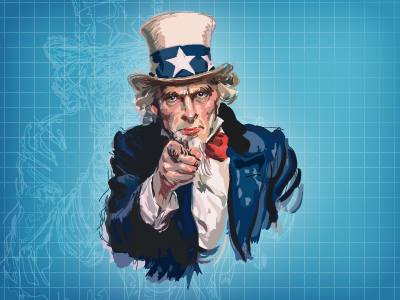
USER TYPES | NEEDS | MOTIVATIONS | BEHAVIORS | OUTCOMES
Once the user needs are identified, we need to understand how users are motivated to fulfill those needs. This could be a wide range of intrinsic or extrinsic rewards or motivators, implemented with cues, design triggers or other techniques.
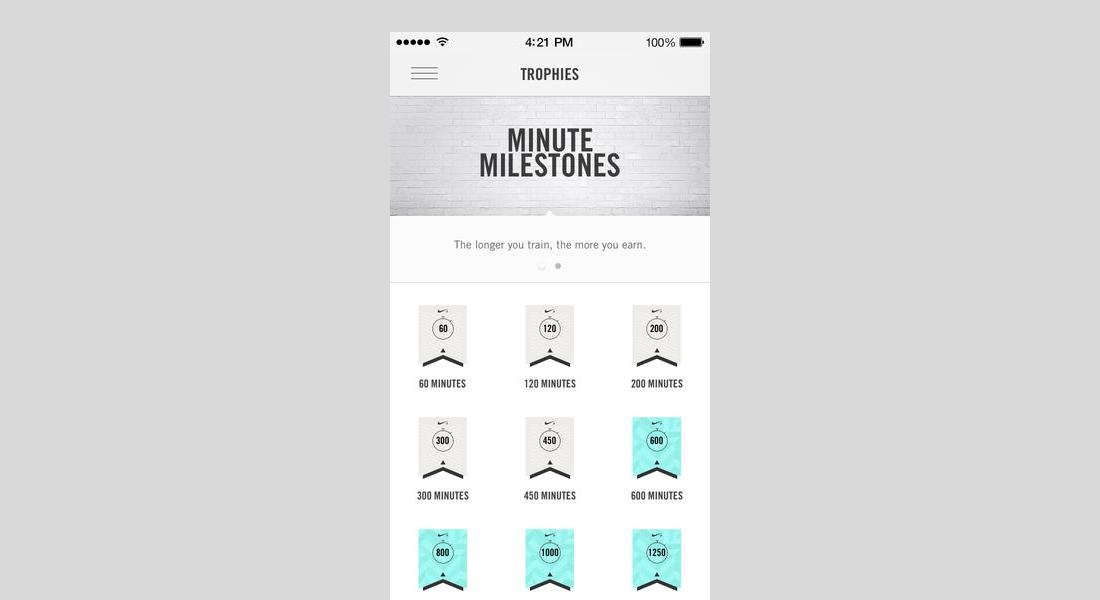
USER TYPES | NEEDS | MOTIVATIONS | BEHAVIORS | OUTCOMES
Once the motivations are understood, it's important to research the user's current behaviors and how new motivations can potentially drive behavior change. With enough motivation and behavior change there is a greater likelihood of developing new habits and loyalty to a product and brand.
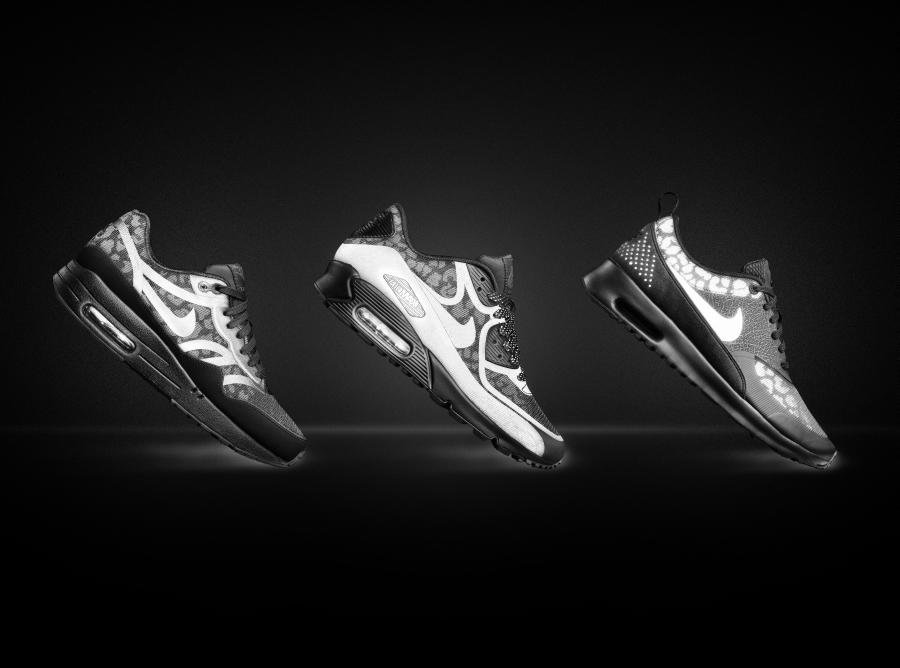
USER TYPES | NEEDS | MOTIVATIONS | BEHAVIORS | OUTCOMES
The combination of Needs, Motivations and Behaviors can then translate into meaningful and measurable outcomes for users.



USER GOALS
USER TYPES
NEEDS
MOTIVATION
BEHAVIORS
OUTCOMES
To summarize, each User Type has a set of Needs they are trying to fulfill. Users are Motivated to take action. Repeated Behaviors can produce significant user Outcomes.
BUSINESS GOALS
OPERATIONS
OFFERINGS
OUTCOMES
MISSION
OPERATIONS | OFFERINGS | OUTCOMES | MISSION
Each project has operations that support the product, which can include people, resources, and other connected experiences.


OPERATIONS | OFFERINGS | OUTCOMES | MISSION
People involved in the project can be key business stakeholders, content contributors, subject matter experts, collaborators, administrators, recruited users and others involved in the project.

OPERATIONS | OFFERINGS | OUTCOMES | MISSION
Resources may include content data feeds, APIs, third-party tools, stock artwork, brand guidelines, existing user research, analytics or other resources.

OPERATIONS | OFFERINGS | OUTCOMES | MISSION
Connected Experiences can happen prior, during and after the experience. First, understand how users will find the product. This helps make the communications consistent, congruent, professional, and focused. Then users may interact with departments like live customer support, technical support, human resources, or others. This understanding informs the designer how the company has the capacity to support user inquiries.

OPERATIONS | OFFERINGS | OUTCOMES | MISSION
The business may offer an ecosystem of products and/or services. It's also important to understand how these products and services relate to each other. To communicate these offerings, the business should also have a value proposition, which states why a consumer should use the product or service versus other competitors.

OPERATIONS | OFFERINGS | OUTCOMES | MISSION
The offerings ultimately support meaningful metrics and Key Performance Indicators that help support business success. KPIs may include financial performance, customer acquisition goals, increased customer satisfaction, employee performance metrics, call center metrics, or other indicators.

OPERATIONS | OFFERINGS | OUTCOMES | MISSION
A mission statement provides the core purpose of an organization, its competitive advantages, its target audience, and the reason the organization exists. The mission statement should guide decisions and clearly define goals.

BUSINESS GOALS
OPERATIONS
OFFERINGS
OUTCOMES
MISSION
To summarize, the Operations support the business Offerings. If customers have positive brand experiences and transactions they provide business Outcomes, which help fulfill the business Mission.
INTERACTION
PATTERN
SYSTEM
DEVICE
HUMAN
PATTERN | SYSTEM | DEVICE | HUMAN
Design patterns (AKA Micro Interactions) are reusable components and interactions. Patterns include everything from headers and menus to calendars and maps.

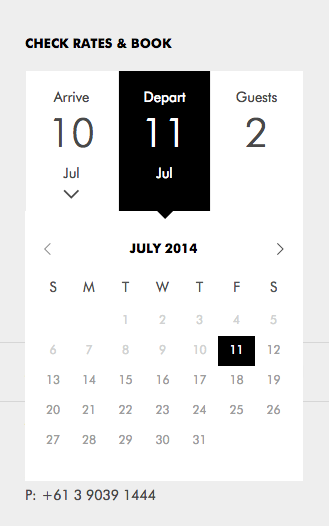
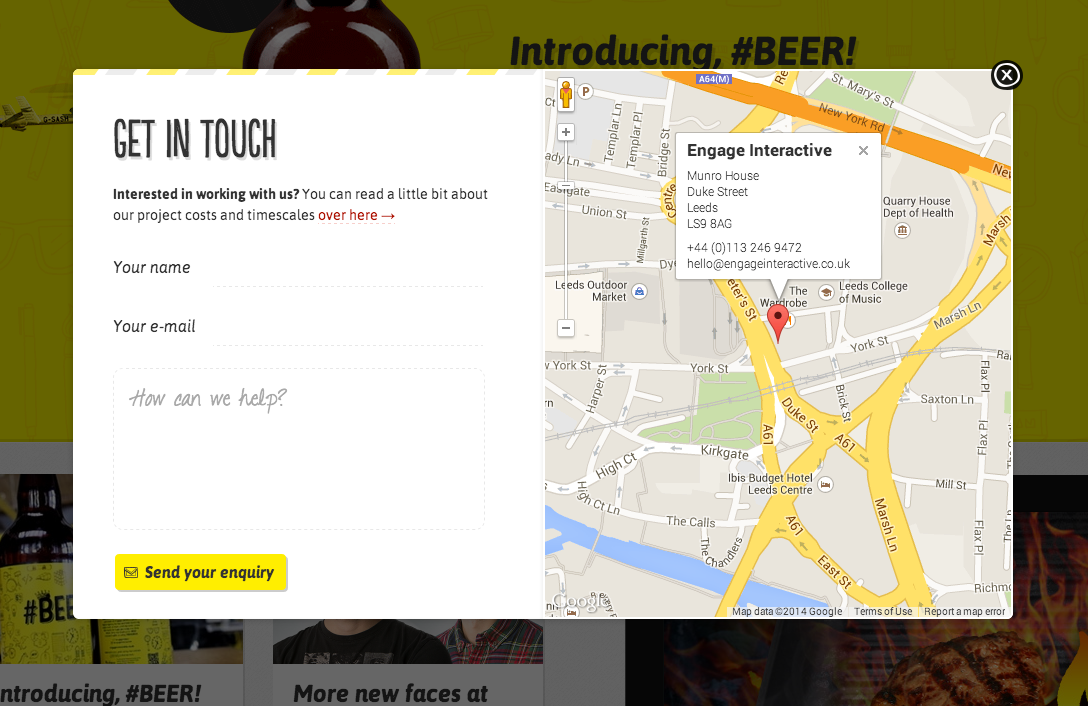
PATTERN | SYSTEM | DEVICE | HUMAN
The system can contain navigation, flows, feedback, and notifications to help the user progress and achieve their goals. The nature of the system can either be static, meaning that it is unchanged or dynamic meaning there is constant change or activity within the system.

PATTERN | SYSTEM | DEVICE | HUMAN
When designing for an experience it's key to understand the capabilities and constraints of the targeted devices, including screen sizes, connectivity, user interface conventions and other factors.
PATTERN | SYSTEM | DEVICE | HUMAN
The human interaction may be formal or informal, personal or interpersonal, social, or some other type of human interaction.

INTERACTION
PATTERN
SYSTEM
DEVICE
HUMAN
To summarize, a set of Patterns are provided in a System. The system can be available on multiple Devices to encourage certain types of Human Interaction.
CONTENT
UX
USER GOALS
BUSINESS GOALS
INTERACTION
TRANSACTIONS
ACTIONS
COMMUNICATIONS
REACTIONS
EXPERIENCE FACTORS
Effective user experience is more than just the simple usability of a product. There are at least four primary factors for effective experiences within the CUBI UX Model.
1. BRAND EXPERIENCE
A brand experience is not simply the visual identity. It's the tonality and totality of the entire brand experience for a customer at any touchpoint.
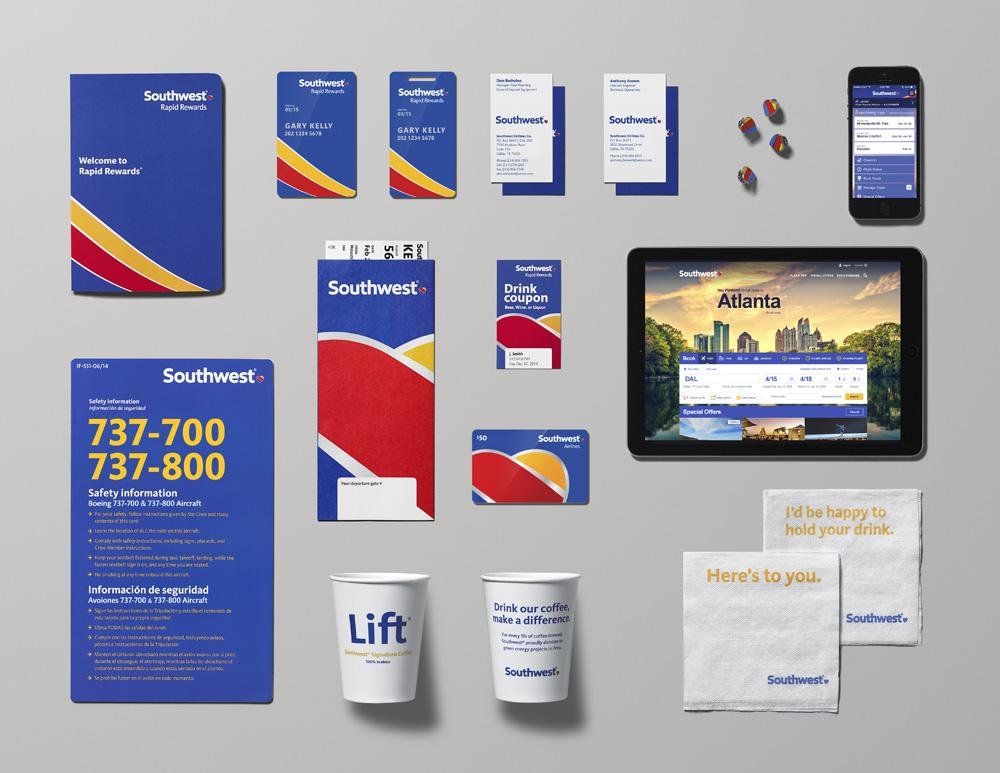

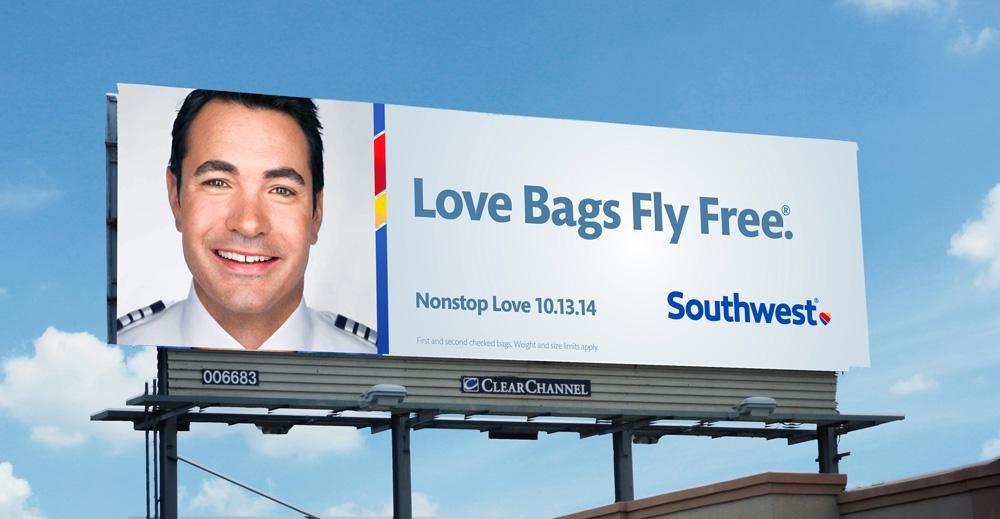

2. COMPREHENSIVE EXPERIENCE
A comprehensive experience is one that is both comprehendible and extensive.
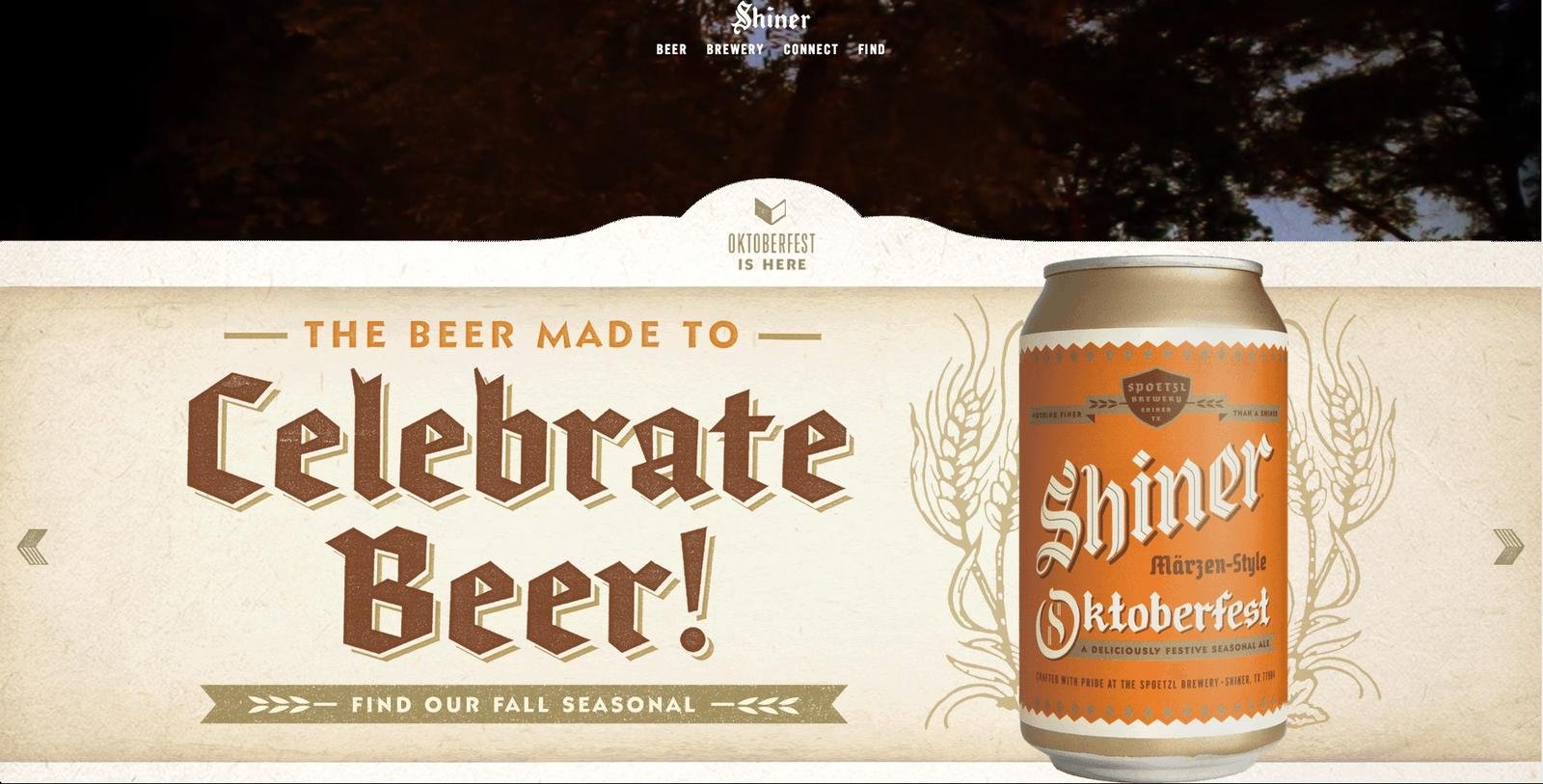
Understandable, clear, uncluttered, properly labeled, scannable, organized, categorized, and lacks ambiguity.
2. COMPREHENSIVE EXPERIENCE
A comprehensive experience is one that is both comprehendible and extensive.

Missing content can leave users unfulfilled. For example, if users don't have enough information about company offerings on a homepage or within other pages, people may leave the site or delete the app.
3. USEFUL EXPERIENCE
A useful experience satisfies user needs, makes them feel empowered or productive, and helps them efficiently achieve their end goals. This can be measured by their changes in behaviors, actions, performance or by other tangible means.
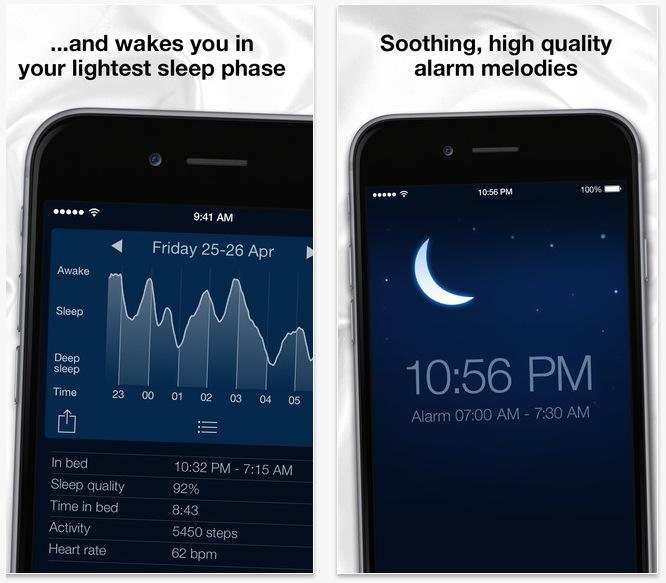
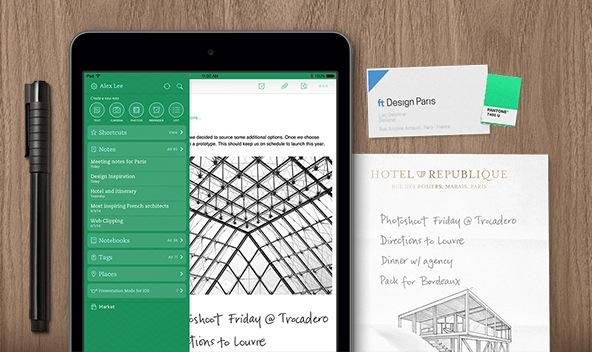
4. USABLE EXPERIENCE
A usable experience is easy to use, intuitive, findable, learnable, legible, consistent, and provides prompts and feedback to communicate their progress in a system or process.
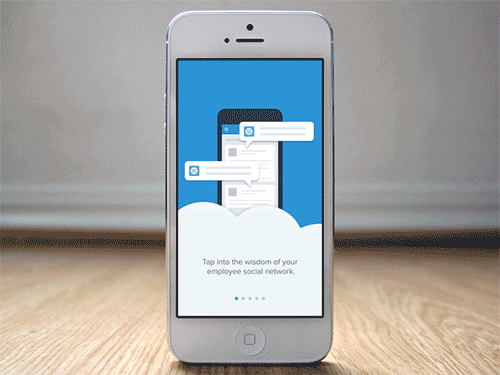
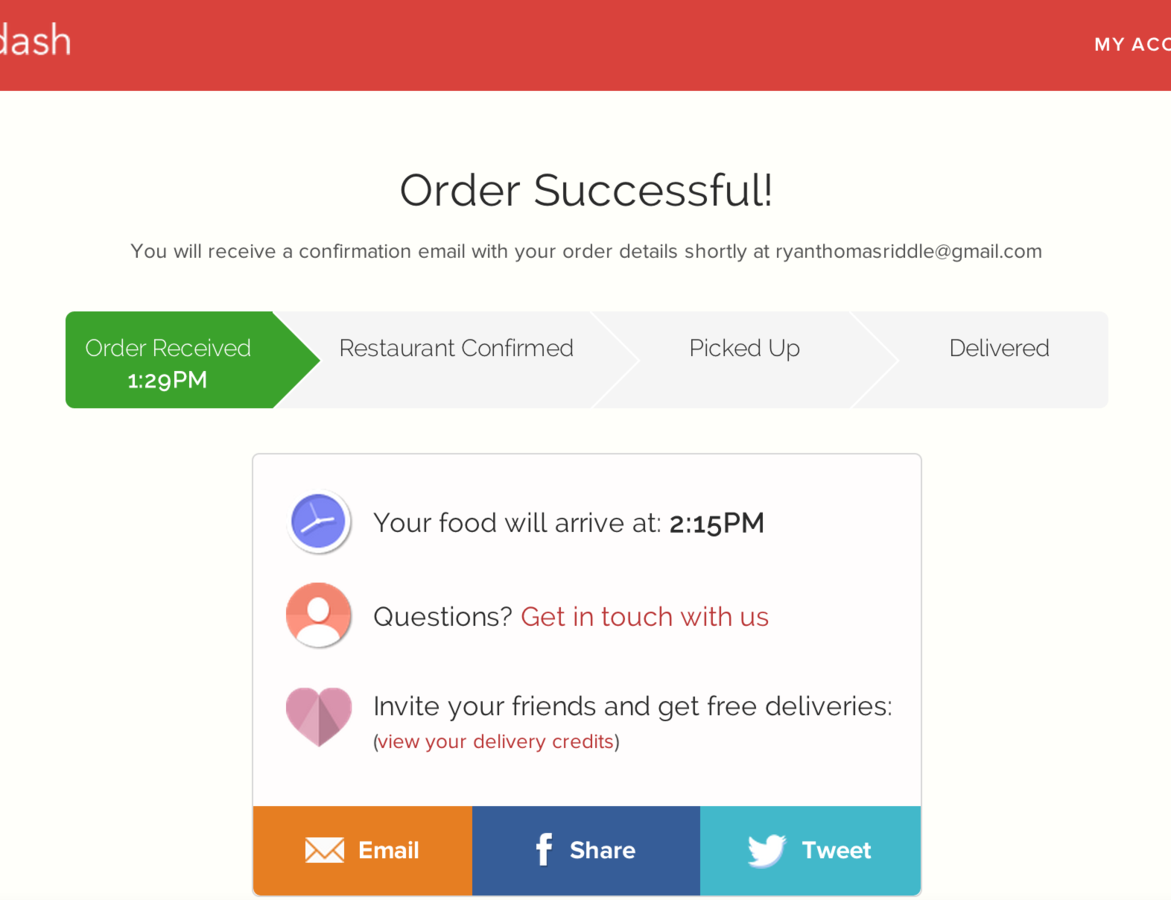
PROCESS FACTORS
When businesses provide systems for users to interact with, there are typically four process steps to consider within the CUBI UX Model to create an Action Cycle.
CONTENT
UX
USER GOALS
BUSINESS GOALS
INTERACTION
TRANSACTIONS
ACTIONS
COMMUNICATIONS
REACTIONS

1. COMMUNICATIONS
The intersection between business goals and content is communications. The branded content communicates comprehensive messaging to engage users.

2. REACTIONS
Users react to these communications and quickly decide if it's something useful to them.

3. ACTIONS
The reaction can motivate users to take action to fulfill a goal or perform a task. This could be prompted from a call to action, trigger, task list, dashboard or by other means.
4. TRANSACTIONS
User actions then translate into business transactions. The types of transactions may include purchases, providing ratings on products or services, customer loyalty registration, etc.


CONCLUSION
The goal of CUBI is to provide an invaluable framework for projects to help determine product viability and feasibility. Whether it's a mobile game, software platform, or marketing website, engagement requires detailed strategy and effective execution.
RESOURCES
WWW.CUBIUX.COM
WWW.PATTERNTAP.COM
WWW.ZURB.COM/TRIGGERS
WWW.UXMAG.COM
SPECIAL THANKS
COREY STERN
Cubi UX Model
By shows
Cubi UX Model
- 690



